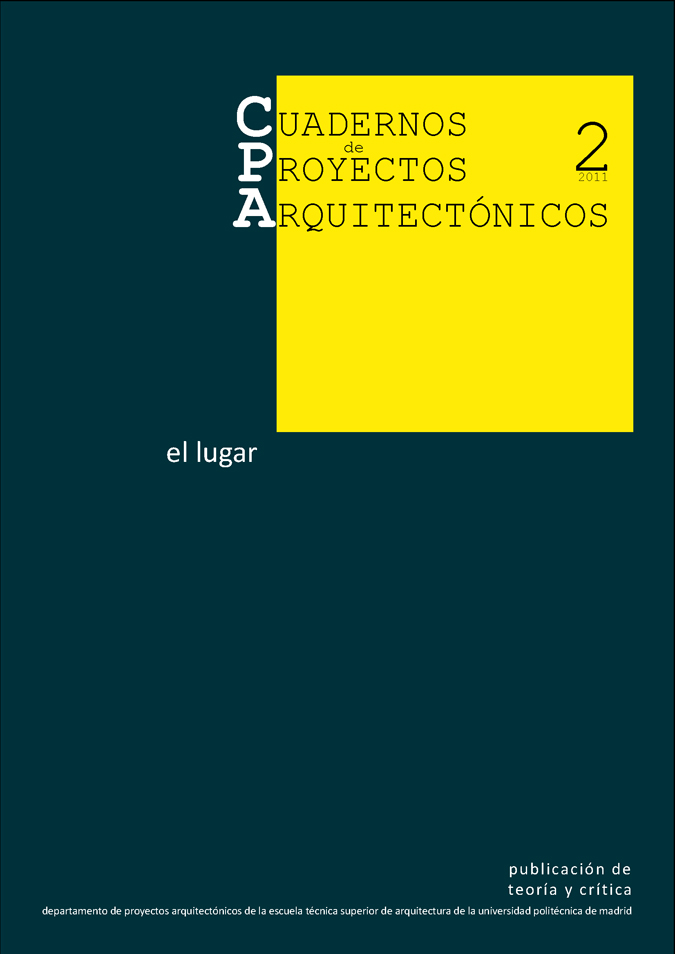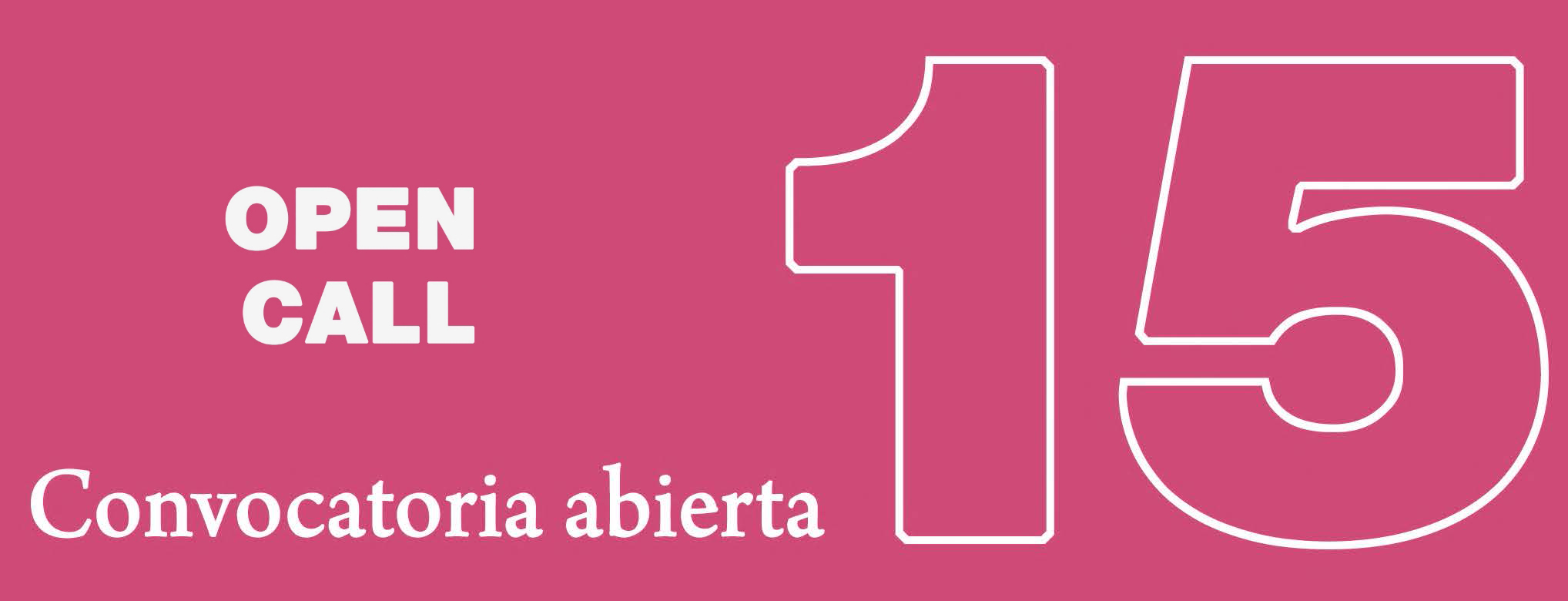La experiencia del lugar. Ernesto Nathan Rogers, Enrico Tedeschi, José Antonio Coderch y Lina Bo Bardi
Resumen
The concept of place becomes a central element in the conceptualization of a postwar architecture, which strives to surpass the coordinates of the Modern Movement. It is a concept used by Christian Norberg-Schulz, as a means of overcoming the concepts of his master Siegfried Giedion. From the general idea of a universal space we have evolved into the specific idea of a place. But the complexity of the concept of place lies in that it is neither generic nor universal; its essence lies rather in learning and getting used to the context and its process.
We start out from two hypotheses. The first is that the idea of place that develops in Latin and Latin American cultures has Mediterranean roots, from which the Modern archetypes are capable of incorporating contributions from specific places.
The second and complementary hypothesis would be that the experience of a place develops in contemporary authors of the 1950's such as Ernesto Nathan Rogers, Enrico Tedeschi, José Antonio Coderch y Lina Bo Bardi, members of what could be called the second modern generation. The text will analyze the ideas found in the writings of these four authors, as well as a milestone work by each one of them in relationship to its site. Of these, two will be public, and two will be private: the refurbishment of the castello Sforzesco in Milan by BBPR, the Mendoza Faculty of Architecture by Enrico Tedeschi, the Casa Ugalde by Coderch and the Casa de Cristal in Sao Paulo by Lina Bo Bardi.
Descargas
Descargas
Publicado
Número
Sección
Licencia
1. Los autores conservan los derechos de autor y garantizan a la revista el derecho de una Licencia Creative Commons Atribución-NoComercial-SinDerivar 4.0 Internacional que permite a otros compartir el trabajo con un reconocimiento de la autoría.
2. Los autores pueden establecer por separado acuerdos adicionales para la distribución no exclusiva de la versión de la obra publicada en la revista (por ejemplo, situarlo en un repositorio institucional o publicarlo en un libro).













